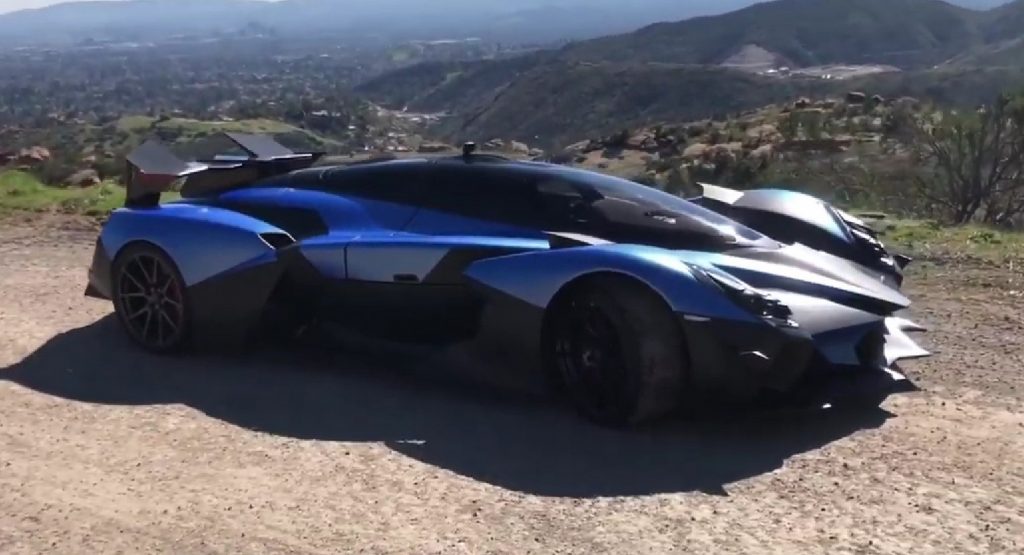There’s no shortage of small-time automakers with names you’ve never heard before making outlandish performance claims and not actually delivering anything at all. But electrification may make delivering on those promises easier.
A new video from Donut Media covering the Raesr Tachyon and its over-the-top performance figures highlights how the promise of a hypercar could be easier to achieve than ever thanks to electric propulsion.
The car caught many people’s attention thanks to its inclusion in a Forza game and its promises to produce upwards of 1,250 hp (1,267 PS/932 kW) and 4,000 lb-ft (5,423 Nm) of torque.
Read Also: Californian Firm Unveils 1,250 HP Tachyon Speed Hypercar
Those may sound like the crazed ramblings of someone trying to sell you something called a Devel Sixteen, but actually, Raesr’s claim of having six motors churning out 300 hp (304 PS/224 kW) each is neither impossible nor would it be hard to find motors capable of producing those numbers.
Add to that the fact the wider automotive industry is progressing at a rapid pace, and a carbon-fiber hypercar with ludicrous power isn’t as hard to build as it once was. That’s doubly true if you’re more focused on performance than you are on fit, finish, and quality.
The problem for small-time automakers, though, is that they aren’t the only ones working on these cars. Although 1,250 hp may have sounded ludicrous five years ago, it’s not quite as impressive as it once was.
Thanks to the Rimac Nevera, the Pininfarina Battista, and the Tesla Roadster, quadruple-digit power figures aren’t that surprising anymore. And those cars have much larger automakers supporting them and pushing innovation at a pace that companies like Raesr might not be able to keep up with.




